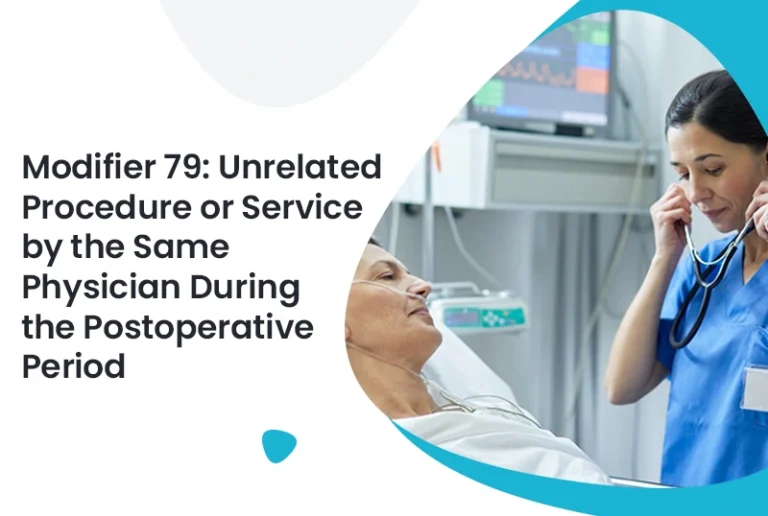How many of us have received a medical bill with the wrong information or missed an important appointment reminder? These small errors seem insignificant, yet they can cause irritation, confusion, and sometimes even money problems for patients.
Demographic info medical data is one of the most underleveraged yet powerful tools in healthcare. It influences everything from how providers communicate with patients to whether or not medical billing processes go as smoothly as they possibly can. Using it the right way could help improve patient engagement, reduce errors, and generally enhance healthcare experiences.
How exactly does accurate demographic data matter? And why is it so significant for revenue cycle management and medical billing companies? Let’s find out.
What is Medical Demographic Info and Why Does It Matter?
Medical demographic information includes simple patient information such as name, date of birth, gender, address, contact details, insurance details, and sometimes cultural and socioeconomic factors.
This information is not just for administrative purposes. It helps healthcare providers offer more personalized care, prevent billing errors, and make patient interactions more efficient.
For example, a patient is more likely to appear for their appointment if he or she had asked for the reminder through a text message from the healthcare provider. Similarly, the correct detail of insurance data will prevent all billing complications as well as avoid rejections during claims.
Sufficient demographic information ensures better communication, improved management of finances, and increased satisfaction of patients.
How Medical Demographic Information Encourages Patients’ Engagement
Personalized communication builds trust of patients
When patients receive communication in a way that suits them, they are more likely to stay engaged in their healthcare journey.
For example, a patient who prefers email updates won’t benefit from phone call reminders. Similarly, a non-English-speaking patient will feel more comfortable receiving instructions in their native language.
By using demographic info medical, providers can tailor appointment reminders, treatment plans, and educational materials to meet individual patient needs.
Smart scheduling to reduce miss-appointment cases
Missed appointments are a critical headache for healthcare systems. Patients can forget to attend an appointment, or schedule or transportation arrangements would not go according to plan.
Using updated demographic data, healthcare providers can send reminders on time, provide virtual consultations, or schedule them at their convenience.
This not only keeps patients on schedule but also saves providers from potential losses.
Personalized healthcare services
Patients don’t want to feel like they are just another number in a system. They appreciate healthcare that acknowledges their unique needs and circumstances.
If one patient has a family history of diabetes, the provider can send early screening reminders. If another patient struggles with transportation to appointments, the hospital can suggest local telehealth services or mobile clinics.
By utilizing demographic information medical, healthcare providers can provide more effective care, increase patient adherence, and create a better experience.
The Economic Benefits of Demographic Information in Healthcare
Revenue Cycle Management Improvement
Patient demographic information is necessary for billing and insurance claims. A simple mistake in an insurance policy number of a patient can result in:
- Claim denial
- Delayed payments
- More administrative work
Ensuring accurate patient information helps providers reduce billing issues and improve cash flow, which is a significant factor in revenue cycle management.
Reducing Medical Billing Errors
Billing mistakes often occur due to incorrect or outdated patient information. This results in denied claims and frustrated patients.
By maintaining up-to-date demographic records, a medical billing company and medical coding services can help prevent unnecessary errors and payment delays.
This ensures that all patients are correctly billed, all insurance claims get processed without delays, and everything remains efficient at the financial side.
Best Practice for Managing Patient Demographic Information
Verify All Information at Each Visit
Any check-in that verifies contact details, insurance, and preferences keeps things accurate at the time and prevents errors going forward.
Self-Service End
Let patients change their demographics via a patient portal. This eases record keeping and lessens the workload for administrative staff.
Use Integrated Systems
Make sure that any update made to the demographic information on the medical record is reflected on the scheduling, billing, and patient care applications. This way, the interdepartmental variation is minimized.
Leverage AI for Accuracy
Artificial intelligence and automated tools can be used to detect inconsistencies or outdated patient information so that the records are kept up to date without human error.
Train Staff to Collect Data Correctly
Front desk and billing staff should be trained to collect and verify demographic details carefully, minimizing data entry mistakes.
Implementing these best practices can help healthcare providers streamline processes, improve patient engagement, and enhance overall efficiency.
Conclusion
It’s easy to dismiss demographic info medical as a mundane administrative exercise. However, it is indeed very significant in enhancing patient engagement, minimizing no-show appointments, and better healthcare experiences.
The following is the potential in terms of provider benefit from appropriate and updated demographic information:
- Correct communication with the patient
- Error minimization related to billing errors and insurance denials
- Reinforced revenue cycle management
- Improved patient satisfaction and trust
For a medical billing company, it is not only compliance but also a critical strategy in improving the financial performance of the healthcare provider while providing better patient care.
Healthcare providers, who focus on correct data, can enhance patients’ engagement and improve healthcare revenue cycle management while making a health journey smoother for everyone.






